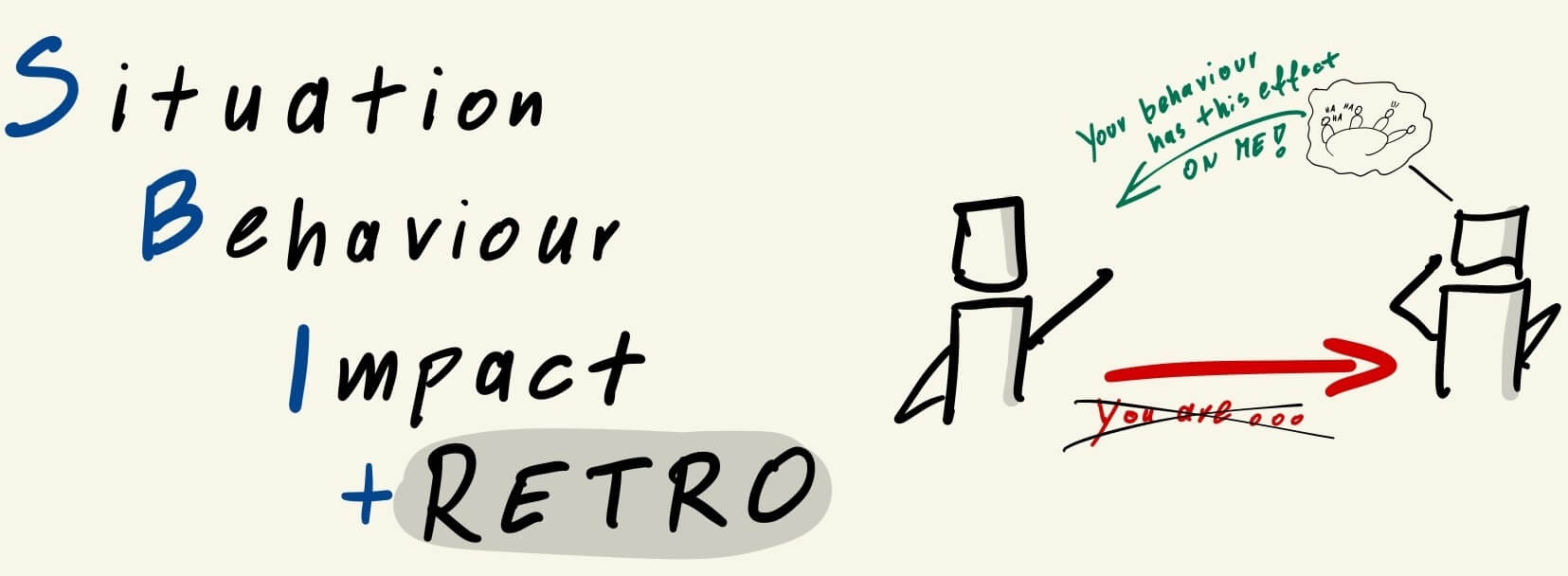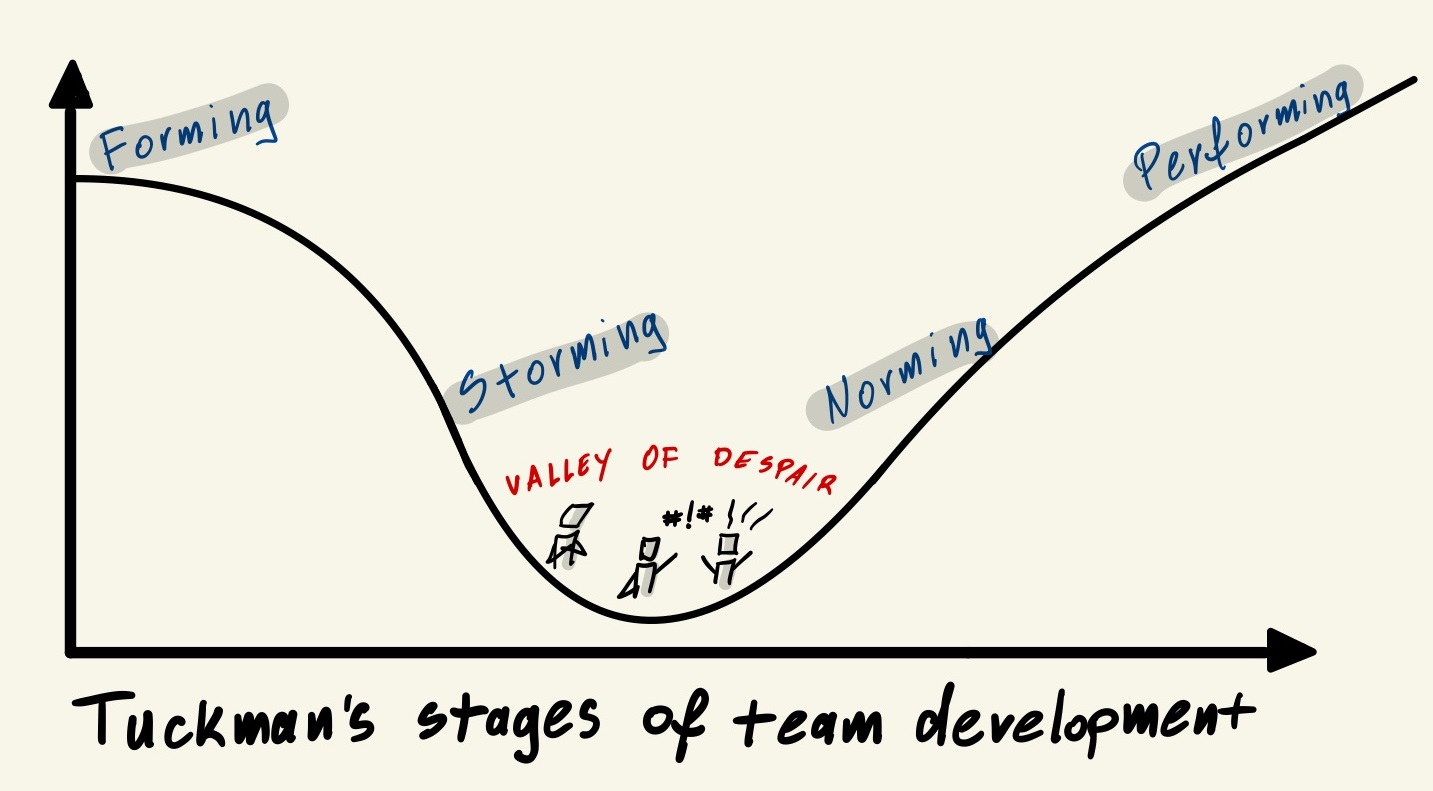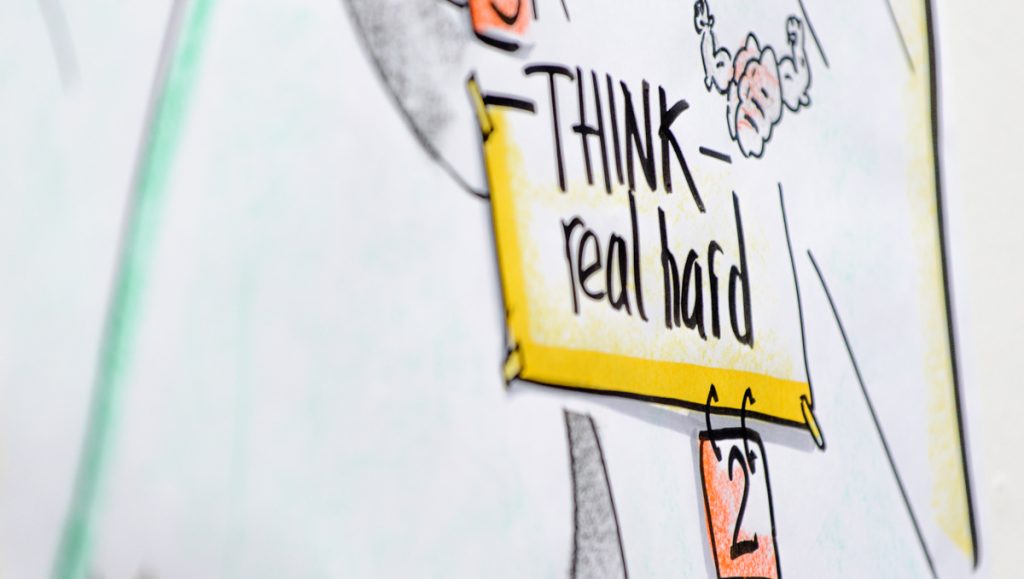Author: Josip Osrecki
Now, I know the title sounds a little like an antidepressant commercial. In my defense, in half a dozen times I have applied this technique I have unmistakably found that, if nothing else, team members feel elated after the retro.
The idea
During the last year, I have held about a dozen “Giving and receiving feedback” workshops and I noticed smiles on people’s faces after one exercise that includes giving positive feedback using the SBI model. I realized that this could be used to help overcome a team’s storming phase and act as a reminder that, although people have a lot of disagreements, the help and support they give each other should not be taken for granted.
So, what is SBI?

Created by the Center for Creative Leadership, SBI stands for Situation-Behavior-Impact and is a simple but powerful model to give either positive or corrective feedback. It helps the person giving feedback to present their perception of events or behaviors and communicate how it affected them.
There are three main steps of the process, and one optional:
Situation – describe a specific situation (“On yesterday’s meeting…”, “When junior dev asked you for help…”).
Behavior – this is a tricky one. The goal is to describe behavior and not the person’s For instance, you should say “…you interrupted me three times…” and not “…you were rude/obnoxious…”. Likewise, to achieve a positive impact, saying “You clearly described the team’s goals to stakeholders with good visualizations and appropriate tone” is much better than saying “You are a great communicator”.
Impact – how did the situation or the behavior impact you? How did you feel and did the person’s behavior affect your ability to do your job? Be as precise as possible. You could also state how you think this affected the team or the rest of the organization, but the best option is to share your perception of the events.
Intent – Seemingly small but important update to the model (SBI-I), it is a call for a conversation with a person receiving feedback. It invites them to share their intentions and thoughts during the situation in question. It also sends a message that feedback is not a one-way street and allows them to explain why they acted as they did.
The key is to be as precise as possible, avoid hearsay and focus on behaviors you want to increase or decrease when you work with that person.
Facilitating SBI + retro
The process is straightforward:
1. Explain the SBI feedback model. I recommended that you do a little bit more research about how to give good feedback (and how not to!).
2. Give a few examples. Explain that you want to find out what are good practices and communication patterns you want to increase.
3. Ask the team to be specific and concrete, and to give only positive feedback to each other.
4. Give them 5-8 minutes to write what they want to say on sticky notes. If you notice they are not specific enough (i.e., writing “Ana, it is great to work with you because you always help me.”), reiterate that you want them to describe a specific situation and how it affected them.
5. One by one, let them give feedback to one another. If the retro is conducted remotely, it is a good practice that everybody except the pair giving and receiving feedback turns off their cameras.
6. Let others briefly comment after each pair finishes. The pair might have some good practices useful to the team. They might have also tried something for the first time, that needs a bit more experimentation for it to become a good practice.
7. Although there are rarely concrete action points after the retro, I found that it often leads to a deep discussion on how the team communicates. In case this happens and not everybody has the chance to give feedback, place it on “parking” for the end of the retrospective (if you have time) or put it in the improvement backlog and make it a potential topic for the next retro.
A few tips & tricks
There are a few things that could make this session even better:
- Naturally, people will want to give feedback to a person that they are most comfortable with. Ask the team to try to give feedback to team members they communicate the least with. Again, the goal is to try to find good practices and build stronger relationships within the team.
- Ask the team to give feedback that is not predictable. Sometimes a person is not aware of how much a simple action helped their colleague. I usually say, “Bonus points for those who surprise their team members with this feedback”.
- Many teams have a working agreement that has not been updated for ages. You could mention this during the retro when you uncover practices and behaviors everybody agrees should be enforced or expected on the team level. Ask them if they want to update the working agreement accordingly.
- In the end, ask the team members to try to give at least 4 positive and 2 corrective feedback to their colleagues during the next sprint. If your team has recently attended cultural awareness or team building workshops, this may be just the thing that will help maintain team spirit and drive them to become (or stay) a high-performing team.
I found this retro to be more useful when a team has recently been formed or is stuck in a storming phase with lots of disagreements and heated battles happening daily. In the former, wait for a few sprints. The team still needs to get to know each other and spend some time observing other team members’ behaviors. In the latter, try to pick the right moment – when heads are cool, and people have already vented.

There you have it. If you manage to try this out with your team, I would like to hear your experience and feedback. Feel free to contact us for help or advice at [email protected] and look at our Soft Skills courses and workshops.


